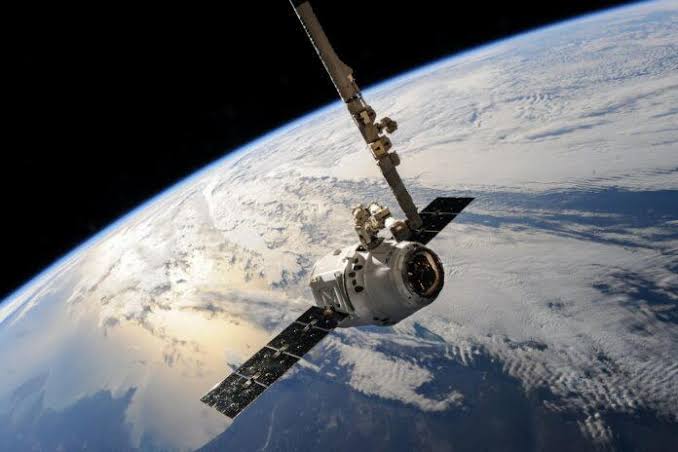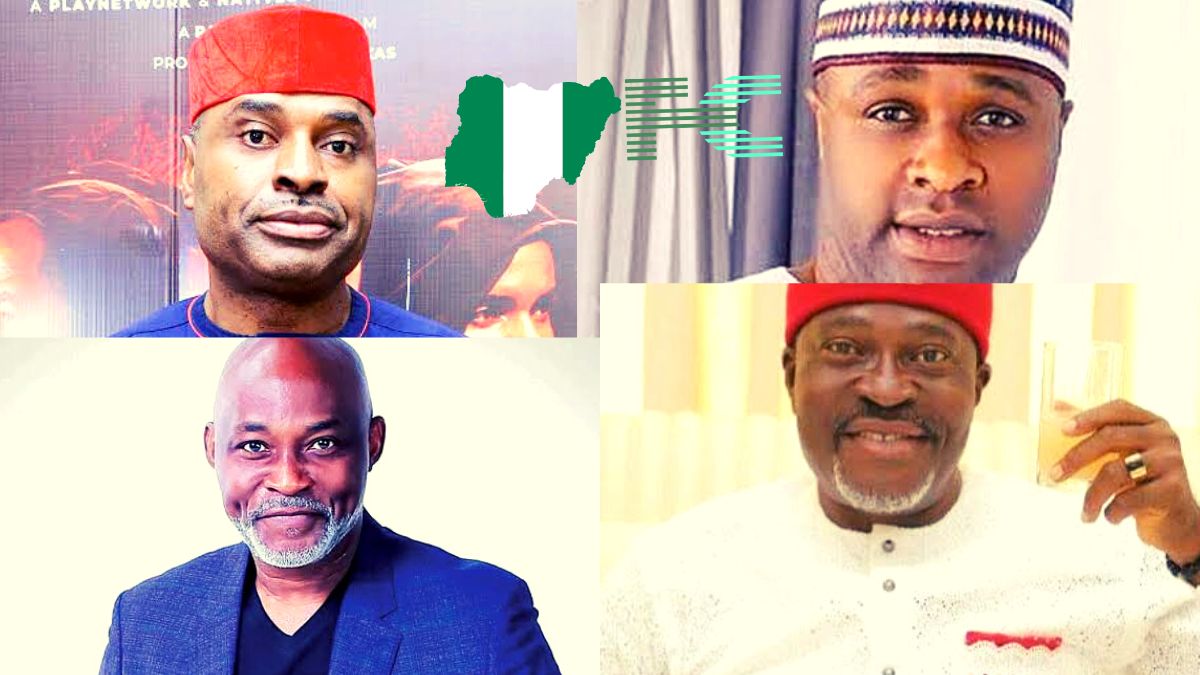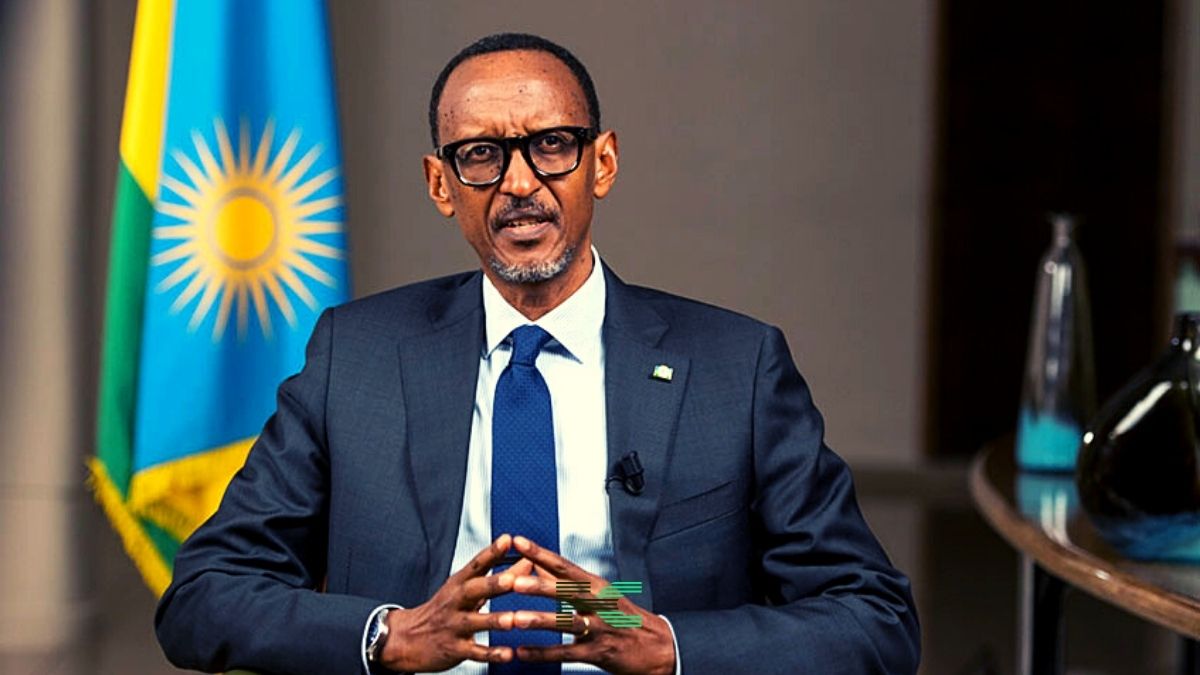President Bassirou Diomaye Faye announced that Senegal’s first satellite had been successfully launched into orbit. He went on to say that the decision was a significant step towards the West African country’s “technological sovereignty”.
The GAINDESAT-1A satellite was launched from the Vandenberg facility in California at 6:56 p.m. on Friday, according to Faye’s post on X.
“The culmination of five years of hard labour by our engineers and technicians. “This advance represents a significant step towards our technological sovereignty,” Faye stated.
“I would like to express my pride and gratitude to all those who made this project possible,” said the CEO.

Senegal’s public television, RTS, stated that the satellite was planned and built by Senegalese engineers in collaboration with the French Montpellier University Space Centre, CSUM.
According to the broadcaster, a Falcon 9 rocket lifted off from Vandenberg and put many satellites into orbit, including the GAINDESAT-1A.
RTS stated that the satellite will collect data for a variety of governmental entities, including the Directorate for Water Resources Management and Planning (DGPRE) and the National Civil Aviation and Meteorology Agency.
Bottom Line
Senegal’s successful satellite launch is part of a broader trend where African nations are increasingly investing in space programs.
Countries like Nigeria, South Africa, and Egypt have already made strides in space technology, and Senegal’s entry into this field shows the continent’s growing interest in harnessing space for development.
This also highlights the potential for regional collaboration in space exploration and technology.
The satellite was developed in collaboration with the French Montpellier University Space Centre (CSUM), demonstrating the value of international partnerships in advancing technological goals.
This collaboration not only helped Senegalese engineers gain valuable expertise but also positioned Senegal as a player in the global space industry. The partnership reflects a model where developing countries leverage external expertise while building their own capacities.

















